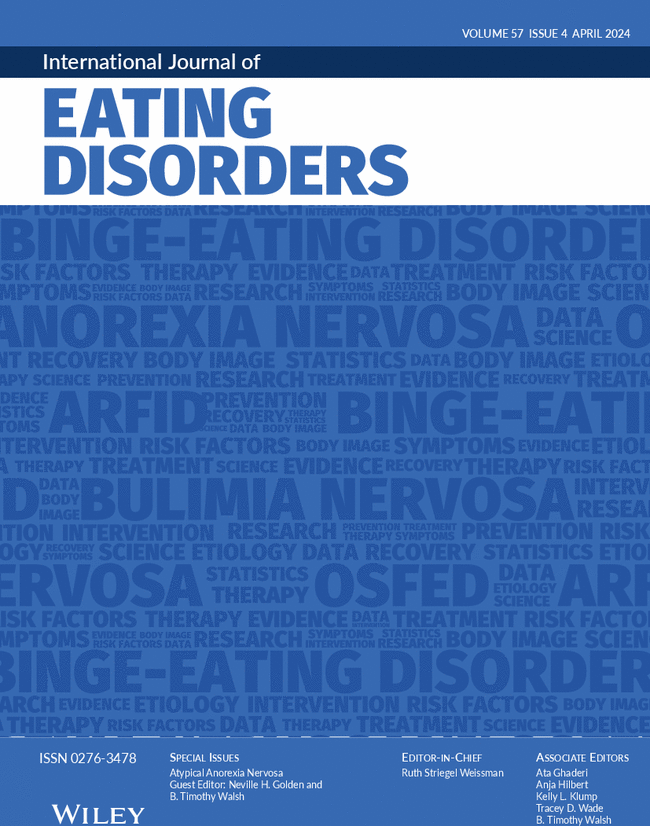Caregiver–Youth Agreement on the Nine-Item Avoidant/Restrictive Food Intake Disorder Survey
Abstract
Background
Patient and caregiver perspectives are critical in the evaluation of avoidant/restrictive food intake disorder (ARFID); however, little is understood about how caregiver and youth perceptions may differ. This study compared caregiver and youth reports among pediatric patients from an outpatient ARFID program.
Methods
Patients (217 individuals with ARFID, aged 8–17) and their caregivers completed the Nine-Item ARFID Screen (NIAS), a screening tool with parallel youth and caregiver report forms. The NIAS measures ARFID symptomatology across three presentations: sensory-based selectivity (Picky Eating), low appetite/lack of interest in eating (Appetite), and fear of aversive consequences (Fear). Patient and caregiver NIAS scores were compared using t tests, and agreement was assessed via Pearson correlations. We examined the unadjusted bivariate association between patient age and caregiver–patient agreement.
Results
Patient mean age was 12.9 (SD = 2.5) and the majority were male (57.1%) and White, non-Hispanic (68.2%) and with private insurance (88.0%). Caregivers reported higher ARFID symptomatology than patients themselves. Using caregiver scores compared to patients, a larger percentage was classified as all three presentations (23.5% vs. 11.5%) or combined selectivity and appetite (46.0% vs. 31.8%). Caregiver scores were higher on average regardless of patient age.
Discussion
Results support obtaining both patient and caregiver reports whenever possible. Each perspective, as well as areas of discordance, may inform additional evaluation and treatment planning.

 求助内容:
求助内容: 应助结果提醒方式:
应助结果提醒方式:


